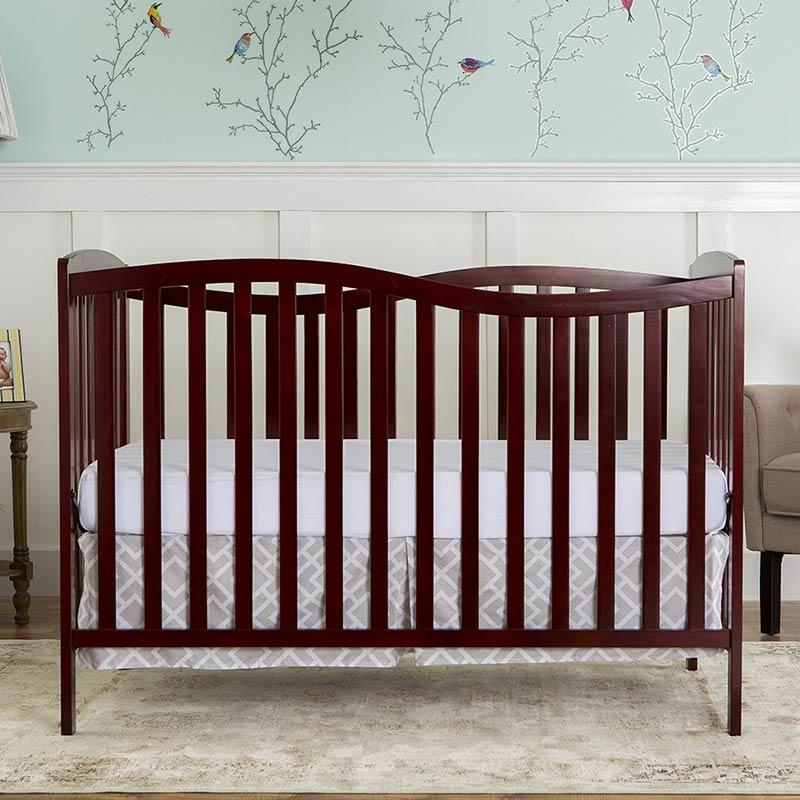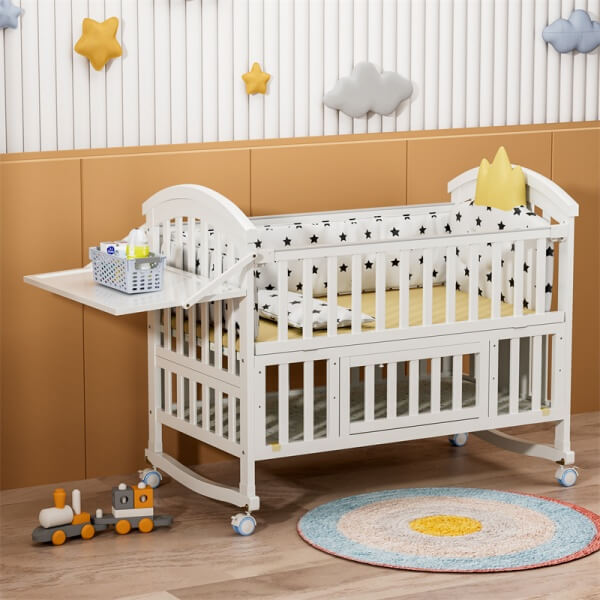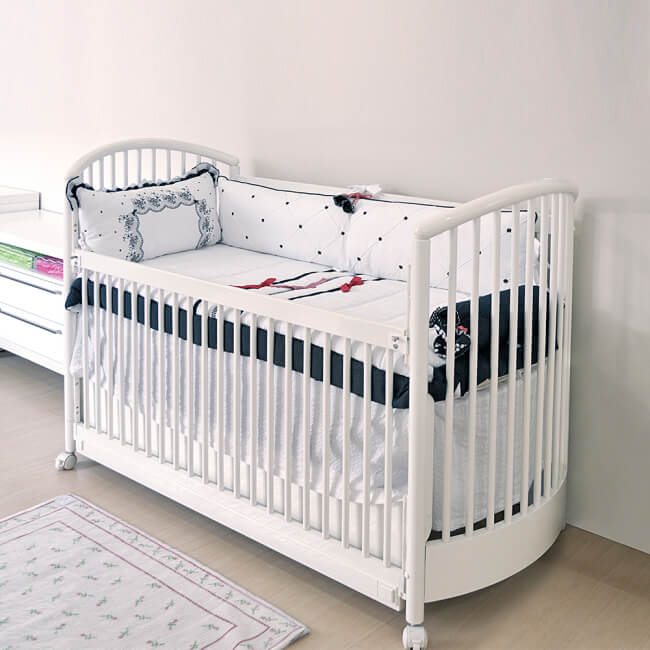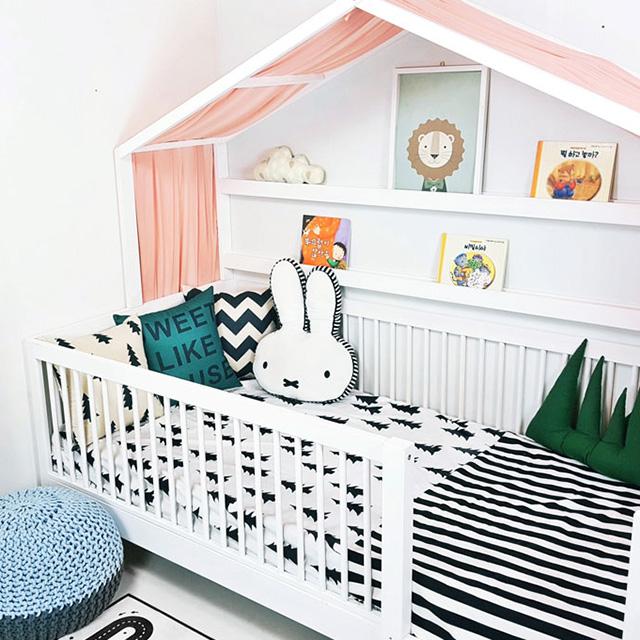Навигация на ранних этапах родительства сопряжена с множеством вопросов, один из которых касается подходящего времени для того, чтобы познакомить вашего ребенка с сидением в коляске. Этот вопрос, хотя и кажется простым, подразумевает тонкое понимание физического развития и готовности вашего ребенка.
В этой статье мы рассмотрим основные этапы развития, которые сигнализируют о том, что ребенок может безопасно сидеть в коляске, практические советы по осуществлению этого перехода и соображения по выбору лучшей коляски для вашего младенца.
Поймите этапы развития вашего ребенка
1. Возрастные особенности
Младенцы обычно демонстрируют широкий спектр этапов развития в первый год жизни, среди которых самостоятельное сидение является значимым. Большинство младенцев начинают сидеть с поддержкой в возрасте от 4 до 5 месяцев и могут начать сидеть без посторонней помощи в возрасте от 6 до 9 месяцев.
Эта способность имеет решающее значение для использования коляски, поскольку умение сидеть без поддержки свидетельствует о том, что у ребенка достаточно развиты мышцы шеи и спины, чтобы безопасно сохранять сидячее положение в коляске.
2. Развитие двигательных навыков
Переход от положения лежа к положению сидя подразумевает развитие сложных двигательных навыков, в ходе которых дети постепенно укрепляют свои мышцы и обретают контроль над своими движениями.
Сначала младенцы учатся переворачиваться и поднимать голову, лежа на животе. Эта фаза имеет решающее значение, поскольку она укрепляет мышцы шеи, что является предпосылкой для сидения. Постепенно они начинают использовать руки, чтобы приподняться из положения лежа, в конечном итоге развивая способность сидеть прямо с минимальной поддержкой.
Понимание этого процесса может помочь родителям оценить, когда их ребенок будет готов к прогулкам с коляской, требующим сидения.
3. Индивидуальные различия
Некоторые могут сесть уже в 4 месяца, в то время как другим требуется немного больше времени. Недоношенные дети или дети с задержками развития могут достичь этого этапа позже, чем их сверстники.
Родители должны наблюдать за развитием своего ребенка и консультироваться с педиатром, если у них есть какие-либо опасения по поводу этапов развития.
При использовании коляски родителям следует учитывать индивидуальную готовность и уровень комфорта своего ребенка, прежде чем переходить в сидячее положение в коляске.
В каком возрасте можно начинать пользоваться коляской?
Обычно вы можете начать использовать коляску для вашего ребенка с рождения, в зависимости от конкретного типа коляски, который у вас есть. Некоторые коляски предназначены для размещения новорожденных сразу, обеспечивая ровное и безопасное положение лежа, в то время как другим может потребоваться вставка для младенцев или адаптер для автомобильного сиденья для новорожденных.
Признаки того, что ваш ребенок готов сидеть в коляске
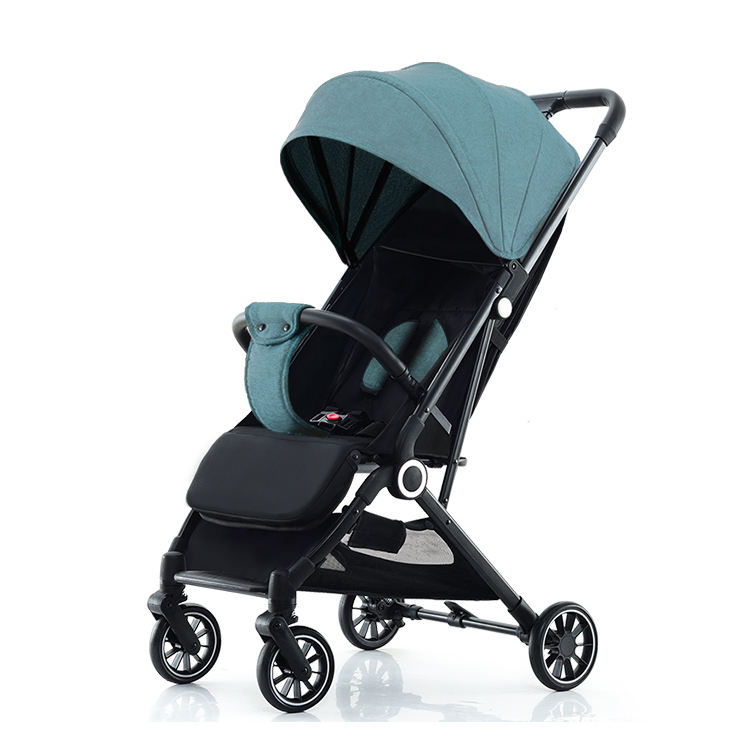
1. Контроль головы
Одним из первых признаков того, что ваш ребенок готов сидеть в коляске, является его способность уверенно держать голову без поддержки.
Такой уровень контроля головы необходим при использовании коляски, поскольку он свидетельствует о том, что мышцы шеи ребенка достаточно сильны, чтобы выдерживать удары и движения, возникающие во время ходьбы.
Вы можете оценить, насколько хорошо ваш ребенок держит голову, лежа на животе и когда его держат вертикально.
2. Управление багажником
Наряду с контролем головы, сила корпуса или контроль туловища имеет первостепенное значение для того, чтобы сидеть прямо в коляске. Это подразумевает способность ребенка сохранять вертикальное положение, не опрокидываясь, что обычно развивается после постоянного контроля головы.
Контроль туловища означает, что ребенок может справиться с динамичными движениями во время поездки в коляске без чрезмерного стресса. Вы можете оценить контроль туловища вашего ребенка, наблюдая, насколько хорошо он может поддерживать себя, сидя с поддержкой или во время контролируемой практики сидения на ровной поверхности.
Дети, которые хорошо контролируют положение туловища, реже будут сползать или падать в коляске, что снижает риск дискомфорта или возможных травм.
3. Интерес и вовлеченность
Другим признаком того, что ваш ребенок готов сидеть в коляске, является его интерес и взаимодействие с окружающим миром. Дети, которые готовы сидеть в коляске, могут проявлять рвение исследовать свое окружение из более вертикального положения.
Они могут проявлять любопытство к тому, что происходит вокруг них, например, оглядываться, тянуться к предметам или издавать восторженные звуки. Этот интерес и вовлеченность указывают на то, что ваш ребенок готов воспринимать мир с новой точки зрения и может с комфортом наслаждаться поездкой в коляске.
Каковы некоторые советы по переводу ребенка в коляску?
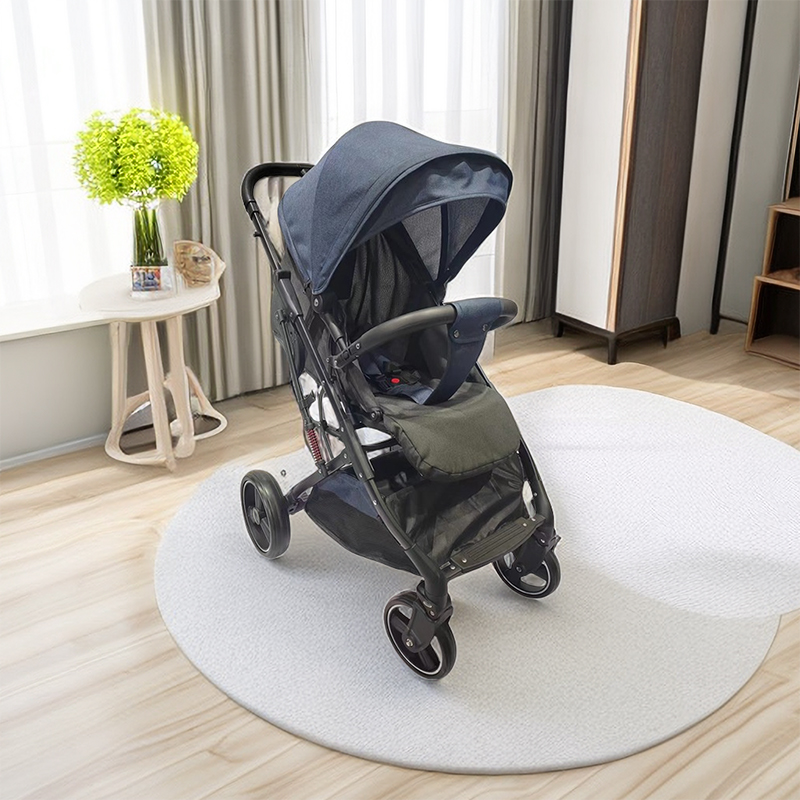
1. Постепенная корректировка
- Начните с полностью откинутого положения: Начните с использования коляски в полностью откинутом положении, особенно для новорожденных и младенцев. Это положение обеспечивает оптимальную поддержку их развивающемуся позвоночнику и позволяет им лежать ровно, как в среде, в которой они спят.
- Комфорт и стабильность монитора: Обратите внимание на то, как ваш ребенок реагирует на откинутое положение. Убедитесь, что ему удобно и он хорошо поддерживается, а его голова, шея и тело находятся в правильном положении. Внесите необходимые изменения в набивку или систему ремней безопасности коляски, чтобы повысить комфорт и устойчивость.
- Постепенно увеличивайте вертикальное положение: По мере того, как ваш ребенок растет и развивает более сильные мышцы шеи и туловища, постепенно устанавливайте коляску в более вертикальное положение. Начните с небольшого подъема спинки, позволяя ребенку сидеть под небольшим наклоном, при этом обеспечивая достаточную поддержку.
- Наблюдайте за реакцией ребенка: Следите за реакцией ребенка на новое положение сидя. Следите за признаками дискомфорта или усталости, такими как беспокойство, сутулость или выгибание спины. Если ребенку некомфортно, попробуйте вернуться в слегка откинутое положение и повторите попытку позже.
- Постепенные изменения: Со временем делайте небольшие, постепенные корректировки положения коляски, позволяя вашему ребенку постепенно привыкнуть сидеть более прямо. Этот постепенный прогресс дает мышцам и суставам вашего ребенка время адаптироваться к новому положению, снижая риск растяжения или дискомфорта.
2. Короткие прогулки
Начните с коротких прогулок, чтобы оценить комфорт вашего ребенка и его готовность к более длительным поездкам в коляске. Эти первые поездки помогут вам увидеть, насколько хорошо ваш ребенок переносит более вертикальное положение и нравится ли ему езда в коляске.
Начиная с коротких прогулок, вы также сможете предотвратить перевозбуждение или утомление, позволяя ребенку постепенно привыкать к более длительным поездкам в коляске.
3. Наблюдение
Обращайте пристальное внимание на реакции и язык тела вашего ребенка во время прогулок с коляской. Признаки дискомфорта или беспокойства могут указывать на то, что ваш ребенок еще не готов к сидячему положению в коляске или что необходимы корректировки для лучшего опыта.
Положительные реакции, такие как бдительность и взаимодействие с окружающей средой, свидетельствуют об успешном переходе.
Когда ребенок может сидеть в коляске без автокресла?
Переход от автокресла к сидению непосредственно в коляске — еще один важный этап в путешествии вашего ребенка с коляской. Это изменение обычно происходит, когда ребенок может сидеть без посторонней помощи в течение длительного времени, демонстрируя сильный контроль над туловищем и головой.
Точное время варьируется от ребенка к ребенку, но обычно это происходит в возрасте от 6 до 9 месяцев. Вот некоторые признаки, указывающие на то, что ваш ребенок готов сидеть в коляске без автокресла:
- Ваш ребенок может устойчиво держать голову без поддержки и с легкостью поворачивать ее из стороны в сторону.
- Ваш ребенок может сидеть без поддержки в течение короткого времени и уже достаточно окреп и устойчив, чтобы сохранять сидячее положение.
- Ваш ребенок проявляет интерес к сидению прямо и активно пытается принять сидячее положение, когда лежит.
- Вашему ребенку комфортно и безопасно сидеть в коляске без автокресла, он не сползает и не сползает с сиденья.
- Убедитесь, что ваш ребенок соответствует требованиям по весу и возрасту, указанным в производитель колясок. Для некоторых колясок могут быть указаны минимальные рекомендации по весу или возрасту для размещения ребенка в прогулочном сиденье без крепления к автокреслу.
Как только вы определили, что ваш ребенок готов сидеть в коляске без автокресла, убедитесь, что сиденье коляски обеспечивает достаточную поддержку и защиту. Используйте ремни безопасности или ремни безопасности, предусмотренные в коляске, чтобы закрепить ребенка на месте, и всегда присматривайте за ним, пока он находится в коляске, чтобы обеспечить его безопасность.
Безопасность прежде всего: правила использования детской коляски
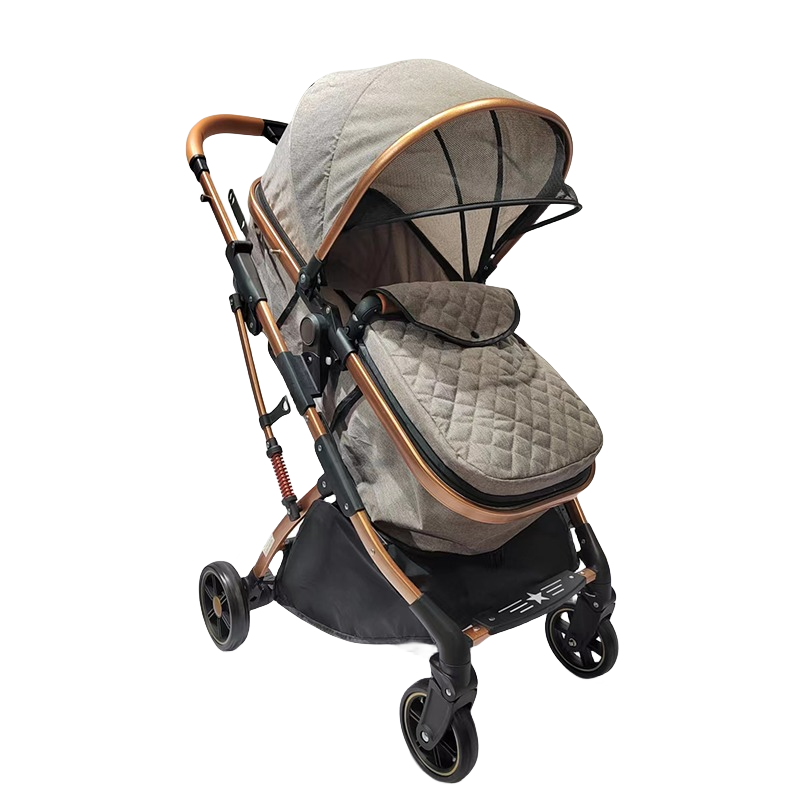
1. Рекомендации производителя: Эти рекомендации основаны на обширном тестировании и понимании потребностей развития ребенка на разных этапах. Всегда просматривайте и следуйте этим рекомендациям перед тем, как переводить ребенка в другое положение или модель коляски.
2. Проверьте коляску: Перед каждым использованием проверяйте коляску на наличие признаков повреждения, износа или неисправности. Убедитесь, что все детали, включая раму, колеса, тормоза и ремни безопасности, находятся в хорошем рабочем состоянии.
3. Правильное позиционирование: Используйте систему ремней безопасности коляски, чтобы надежно удерживать ребенка на месте, отрегулируйте ремни так, чтобы они плотно прилегали к его телу. Правильное положение также подразумевает удобное выравнивание спины и бедер ребенка относительно сиденья коляски, предотвращая сутулость или скольжение.
4. Тормозите безопасно: Всегда включайте тормоза коляски, когда она стоит, особенно на склонах или неровных поверхностях. Используйте как стояночный тормоз, так и тормоза колес, если они есть, чтобы предотвратить скатывание коляски.
5. Варианты откидывания: Полностью откинутые положения идеально подходят для новорожденных и младенцев, а более вертикальные положения можно вводить по мере того, как ваш ребенок обретает контроль над головой и туловищем. Регулировка угла наклона обеспечивает безопасность и комфорт вашего ребенка во время прогулок с коляской.
6. Защита от солнца: Многие коляски оснащены солнцезащитными козырьками или навесами, предназначенными для защиты вашего ребенка от прямых солнечных лучей. Кроме того, рассмотрите возможность использования защитной одежды и солнцезащитного крема в качестве дополнительных слоев защиты, особенно во время длительных мероприятий на открытом воздухе.
7. Избегайте подвешивания сумок: Не вешайте тяжелые сумки или кошельки на ручки коляски, так как это может привести к ее опрокидыванию. Вместо этого используйте корзину для хранения коляски для переноски вещей.
8. Избегайте небезопасной местности: По возможности придерживайтесь гладких, ровных поверхностей, таких как тротуары и мощеные дорожки. Избегайте неровной местности, лестниц, эскалаторов и других препятствий, которые могут толкнуть или опрокинуть коляску.
Какую коляску мне выбрать?
Выбор подходящей коляски зависит от различных факторов, таких как ваш образ жизни, бюджет и конкретные потребности:
1. Образ жизни: Подумайте, где вы будете чаще всего использовать коляску. Вы в городе с узкими тротуарами или будете передвигаться по пересеченной местности? Вам нужно что-то компактное для частых поездок или более прочная коляска для приключений на природе?
2. Особенности: К ним относятся регулируемый руль, откидывающиеся сиденья, место для хранения вещей, совместимость с автокреслами и простота складывания.
3. Бюджет: Детские коляски охватывают широкий ценовой диапазон, поэтому важно установить предел расходов. Расставьте приоритеты функций на основе вашего бюджета, чтобы убедиться, что вы получите лучшее соотношение цены и качества.
4. Долговечность и безопасность: Выбирайте коляски, которые соответствуют стандартам безопасности и изготовлены из прочных материалов. Проверьте такие характеристики, как пятиточечный ремень безопасности, прочные колеса и устойчивая рама.
5. Размер и вес: Оцените размеры и вес коляски, особенно если у вас есть ограничения по хранению или вы предполагаете, что вам придется часто ее поднимать. Выбор коляски, которая соответствует вашим требованиям к пространству и мобильности, повысит удобство и практичность использования.
6. Простота использования: Испытайте коляску, чтобы увидеть, насколько легко ее маневрировать, складывать и раскладывать. Вы оцените удобный дизайн, особенно когда вы находитесь вне дома с вашим малышом.
Популярные бренды колясок включают Clafbebe, Bugaboo, UPPAbaby, Baby Jogger, Chicco, Graco и Britax. В конечном счете, лучшая коляска для вас — это та, которая подходит вашему образу жизни и отвечает вашим конкретным потребностям.


